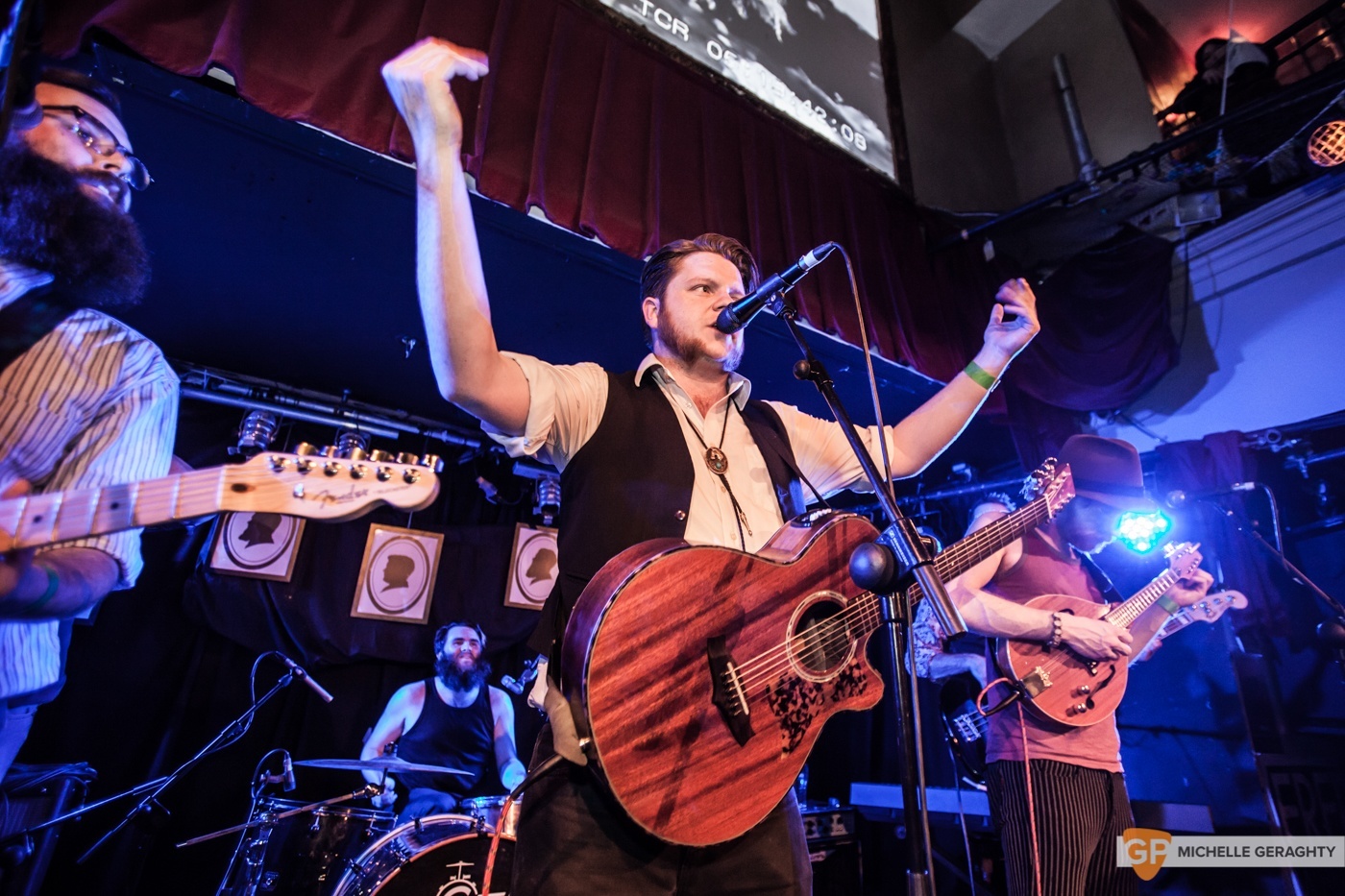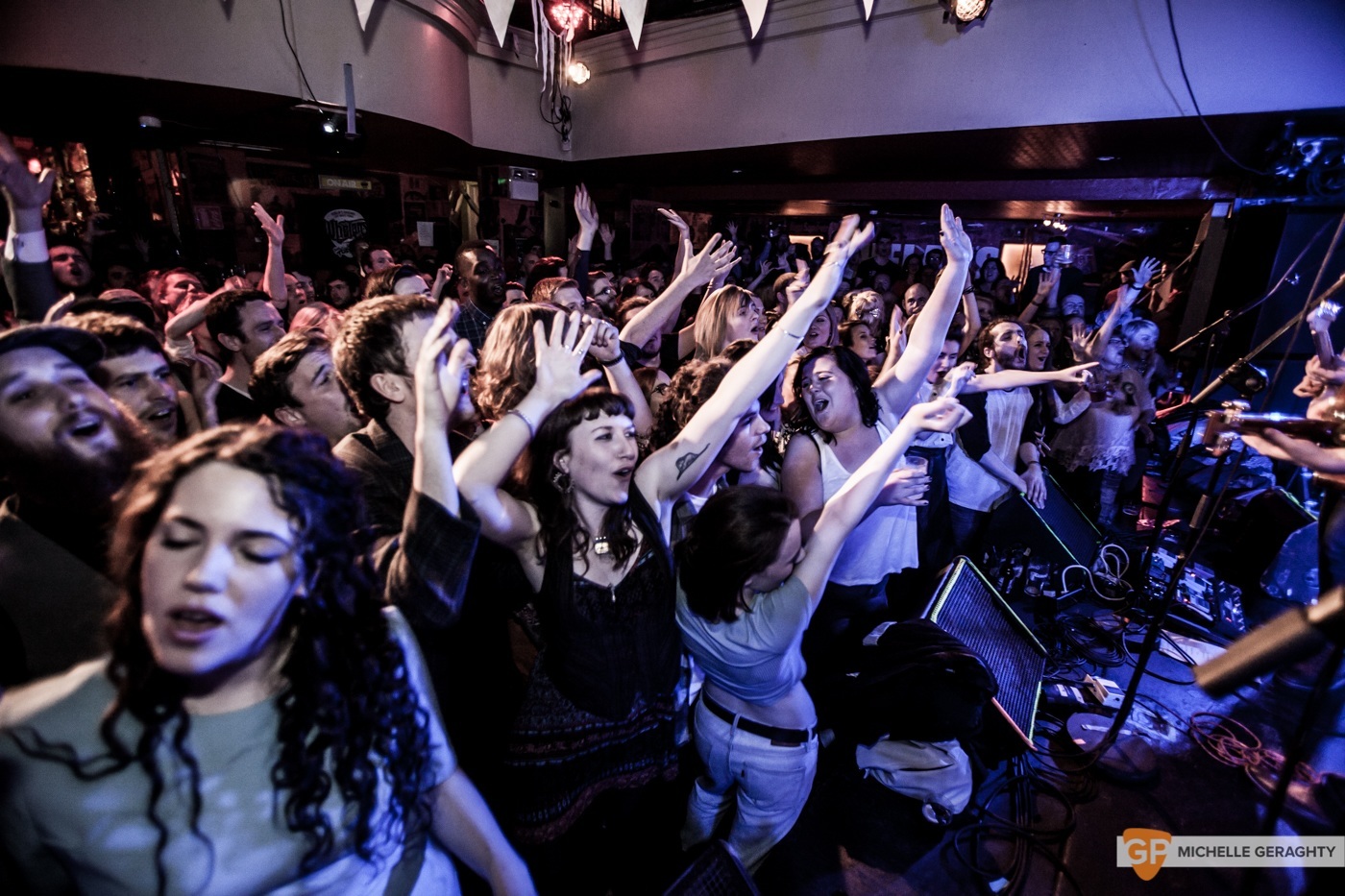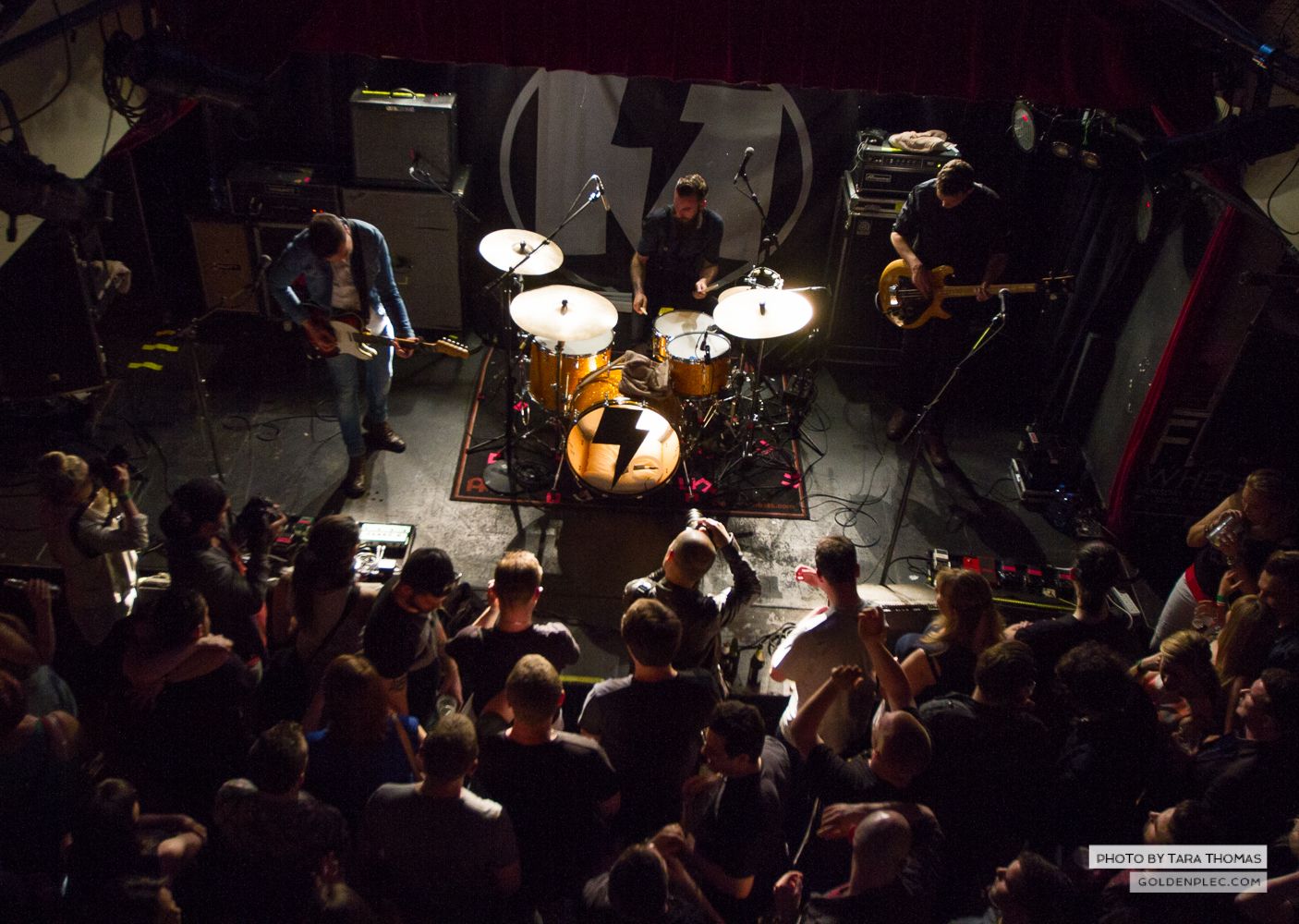Article Sponsored By Eventbrite ![]()
If you followed our first article on organising free events for the love of the music, you might have thought about running such an event; perhaps you already do. The next step up is to organise a show with a cover charge. You’ve moved from the realm of giving away something awesome for free, to asking people to part with some hard earned cash. This opens a whole new world of questions, opportunities and pitfalls, and in this instalment we will run through some of the key elements.
These elements include how much to charge, what the costs involved are and how to market your show.
Changing Expectations
Remember that once you step over the threshold from being a free event organiser, expectations change. Not only (in terms of) your potential customers but also from your clients and stakeholders.
To a venue, band, printer, you’re now earning money and they will likely want a cut. You can make your event a success by planning ahead, knowing your budgets and using all the tools available to you. If you build a great event you may even make a few quid along the way, goal number one is to not make a loss!.
The Venue
A venue will expect to be paid for the use of its facilities, equipment, staff and security. There may however be room for negotiation on the cost of venue hire depending on the day of the week you’re planning to have the event.
Talk to other organisers to get a ballpark cost, especially if the night of the week is similar, most venues will negotiate with you, particularly if they have a gap in their schedule to fill. Some venues might ask for a specific rate, or on a guarantee of a certain number of attendees may slash or remove the rate. Other venues might ask for a cut of the ticket price, meaning you can’t lose money. The contrast is that you and the venue will only earn as much as the night is successful.
A venue may well be happy to lower or waive its fee for the goodwill a charity event may bring to the venue. The same will apply to bands prepared to use charity events as practice runs for new material or to support a charity they believe in.
The Artists
Any act performing at a pay-to-enter event should be paid for their performance and a set fee or a percentage of each admission fee should be agreed upon with the acts in advance.
Option A: Set Fee: Allows you to budget in advance for performers. However artists will expect the same fee even if ticket sales don’t match expectation.
Option B: Percentage: puts an onus on performers to promote the gig heavily in the prospect of a higher payday. Limits risk of losing money if ticket sales don’t match expectation.
A Fair Price For Your Product
When you’re considering what the admission cost should be, you should always charge a fair price for the acts on offer. Punters don’t care how much it costs for the venue, posters, marketing etc... They need to feel like they are getting value for money and that’s where the art of running a gig comes into play.
You need to hire the venue, pay for marketing, pay the artists, organise ticketing and still make a profit. So, how do you do this?
Add up all your costs, add on 20% as a wage for yourself for running the event, and divide it by the capacity of the venue:
- Venue €xxx
- Promotion €xxx
- Tickets €xxx
- Entertainment €xxx
- 20% Add-On €xxx
Sample Total €2000. Divided by the capacity of the venue.
A mid-sized reputable venue in Dublin may have a capacity of circa 300-400 so the above cost divided by 400, this gives you a cost €5 per person if you sell out the event.
A cover charge of €10 may seem like a reasonable price for your line-up. But, ask yourself would you pay €10 to see your headliner? If not then you need to lower your price. But if you decide €10 is a reasonable price then in this scenario 200 tickets at €10 covers your fixed costs and anything over that amount of tickets is 100% profit.
While the capacity of the venue may be 400, you may have a requirement to give away some free tickets for a number of reasons. Bands may want to bring a few close family/friends. Local media may want to review, potentially with photographers too. You might even want to do a bit of marketing by running a competition. Most of these people may seek or expect a plus one, i.e. Bono +1. If Bono happens to arrive on his own all the better, as you’ve one more ticket to sell on the door.
Bear in mind, these free tickets will reduce your available capacity to apply to the above formula. Find a good balance, pick a maximum number of tickets earmarked for media, bands and competitions. Remember not to exceed it.
Grab A Ruler… Measuring Success
How will you know how many people will attend your event? Unless you sell tickets in advance, you can’t possibly know your event will be profitable, so why leave it to chance?
You’ve costed your event and let’s say if you charge €10 admission (based on above maths) you’ll need to sell 200 tickets to break even. That’s a lot of people to expect to turn up without any guarantees.
So it makes sense to announce the show early and sell tickets online through a ticketing platform such as Eventbrite. You can track sales so you will be able to take decisive action to ensure the success of your show.
Platforms like Eventbrite enable you to sell tickets directly via your own website and social media platforms, as well as the venue’s and the artist’s digital presences, allowing you to track sales online and on your smartphone.
“Before we discovered Eventbrite we would be on the phone every other day to find out how ticket sales were going.” says Ian Bermingham of one of Ireland’s busiest acts The Eskies “Now we have the app and can track the sales without hassling anyone. It's also really handy for seeing how different promo events affect sales, because the app gives you timelines and everything.”
Door management of ticket sales is something that is often overlooked, something a platform like Eventbrite can make quick and simple. Using an iPhone or Android app you can check people in by scanning their printed off tickets QR code, or find their name and swipe it to check them in. Quick, easy and most importantly accurate for attendance numbers.
Telling The World And Its Mother
So you now have a ticket platform, a door management tool all rolled into one, have found your venue, picked your bands, decided on the price of tickets, you’re ready to rock, right?
Well not quite, now you have the unenviable task of convincing people they need to see your show. When announcing your event, it’s commonplace to announce your headline act first and monitor ticket sales for the event.
When ticket sales begin to slow, you can add on support acts, unveiling your full lineup. This will help entice potential customers considering attending the show to buy a ticket. Careful curation of your event will pay off with acts that compliment each other musically. This staged release of support acts will help keep the event in the public’s mindset.
A Facebook event listing can be extremely useful to invite interested people, regularly post videos or articles about the acts playing your event and continually keep your show visible, with ticket sale links easily accessible. Eventbrite offers a “Publish to Facebook” functionality which will help you quickly and easily move the data from your event into a Facebook Event and begin promoting your show.
There are a whole range of options available to any promoter, which should be considered and deployed when seeking an audience:
- Offer competition to local media
- Send out a press release (local print/online/radio media)
- Co-ordinate interviews / promo articles with local media
- Utilise any event listing sites
- Social media advertising (Facebook/Google Ads/Twitter Ads) - Spend To Accumulate
- Print Posters and strategically distribute
If your show is not sold out at your approach the event, think outside the box. Discount ticket or two for one special could drag in some additional attendees. Eventbrite also allows advance payout twice a month, which can be used to pay a bill or help market your show as your approach the big night.
Game Time
If the event has not already sold out on the day of the event, let it be known a limited number of tickets may be available on the door or purchased online.
Prior to the event opening its doors you should have a door person in charge of admissions/ticket sales. Arm them with the sales list + guestlist, if using a platform like Eventbrite, ensure they have access to the Eventbrite application. Provide a cash float (€100 in useful change) for ticket sales. This will set you up for success at the door.
Keep a track of the volume of people entering, you don’t want your show shut down by breaching the fire regulation max capacity. The use of ticketing platforms can reduce stress and confusion providing clear and concise about your event’s attendance.
Hopefully with the above advice, event organisation will be something you can approach with more confidence.
Article Sponsored By Eventbrite 
Images by Dave Kelly, Michelle Geraghty, Tara Thomas.



